Austrian Grand Prix: Drivers split over kerbs after crashes
- Published
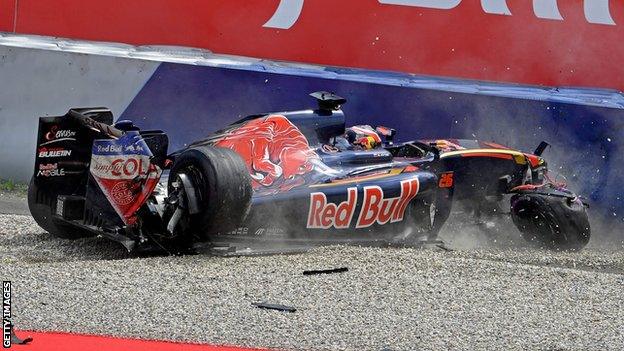
Sunday's race is live on the BBC Sport website and BBC Radio 5 live
Leading Formula 1 drivers are split over whether kerbs at the Austrian Grand Prix should be changed following a series of crashes.
Mercedes' Nico Rosberg and Toro Rosso's Daniil Kvyat suffered heavy impacts after suspension failures after running over the kerbs at the Red Bull Ring.
World champion Lewis Hamilton said the kerbs were "quite dangerous" and "perhaps someone will get hurt".
But Red Bull's Daniel Ricciardo said he felt they were a "good compromise".
Governing body the FIA has told drivers that the kerbs will not be changed and that they should stay away from them if they have concerns.
The kerb design is a new one, aimed at dissuading drivers from abusing track limits, which has always been a problem at this track.
Drivers have in the past found they can lap quicker if they run with their entire car beyond the white line that demarcates the edge of the circuit on some corners.

New kerbs were introduced for this year to stop drivers running beyond the track limits
Last year, this was dealt with by deleting the lap times of drivers who did so. This year, a new kerb design has been introduced, with graduated types of increasingly aggressive kerb beyond the edge of the track.
Rosberg and Kvyat both suffered their failures after running over the kerbs, but they crashed at two separate corners where the kerb designs differ from each other.
Force India's Sergio Perez also suffered a suspension failure, but did not crash, at a third corner.
Earlier in the weekend, extreme bright yellow kerbs furthest from the track were under the spotlight after Red Bull's Max Verstappen hit one and broke his front suspension.
But Rosberg's failure - of his left-rear suspension - happened at what he described as "the normal exit kerb" at Turn Two in final practice.
Kvyat's right-rear suspension failed when it was running over the less severe red-painted kerbs inside the yellow ones at Turn Eight - but the Russian also had his left-rear wheel on the yellow kerbs, which were causing the car to vibrate.
Hamilton said: "I can't speak on behalf of all the drivers, but for me those yellow kerbs are quite dangerous.
"We've now seen a couple of incidents already. I don't know how many more of those it's going to take before a car ends up in the wall and perhaps someone gets hurt."
He said he believed FIA F1 director Charlie Whiting would be analysing the situation and added: "That's definitely an area we can improve. The idea is good, because they definitely don't want us running wide and using the outside of the circuit but perhaps another solution is going to be needed."
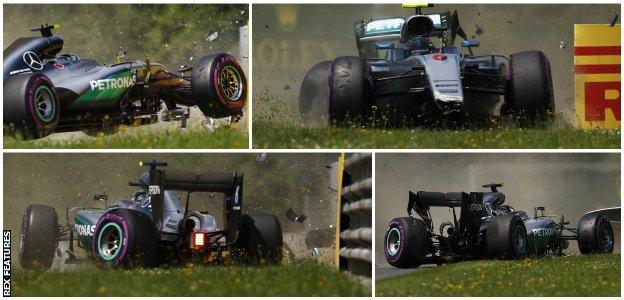
Rosberg crashed in final practice after his suspension failed as he ran over the kerb at Turn Two...
But Ricciardo said he had not changed his opinion that the kerbs did not need changing.
"I am treating it like a wall," the Australian said. "I know if I hit it I am likely to damage my car. I'm not laughing at the (drivers who crashed), but I like that it is black and white.
"So many modern circuits we complain that we can run off and not pay a price. This weekend we are paying a price.
"Sure the damage to the car is quite severe but it is the same if you hit a wall on a street circuit. I honestly think it is a good compromise to keep us on the track limits."
Verstappen said the issue had not been discussed extensively in the drivers' briefing on Friday afternoon.
"I said already on Friday it was dangerous and you could see today it was dangerous," he said.
"I think the yellow kerbs with Daniil caused the failure because of the vibration. If they take them away they have to put something else but you could see the failures with the suspension, that shouldn't happen."
Austrian Grand Prix qualifying results
Austrian Grand Prix coverage details
Subscribe to the BBC Sport newsletter, external to get our pick of news, features and video sent to your inbox.
- Published2 July 2016
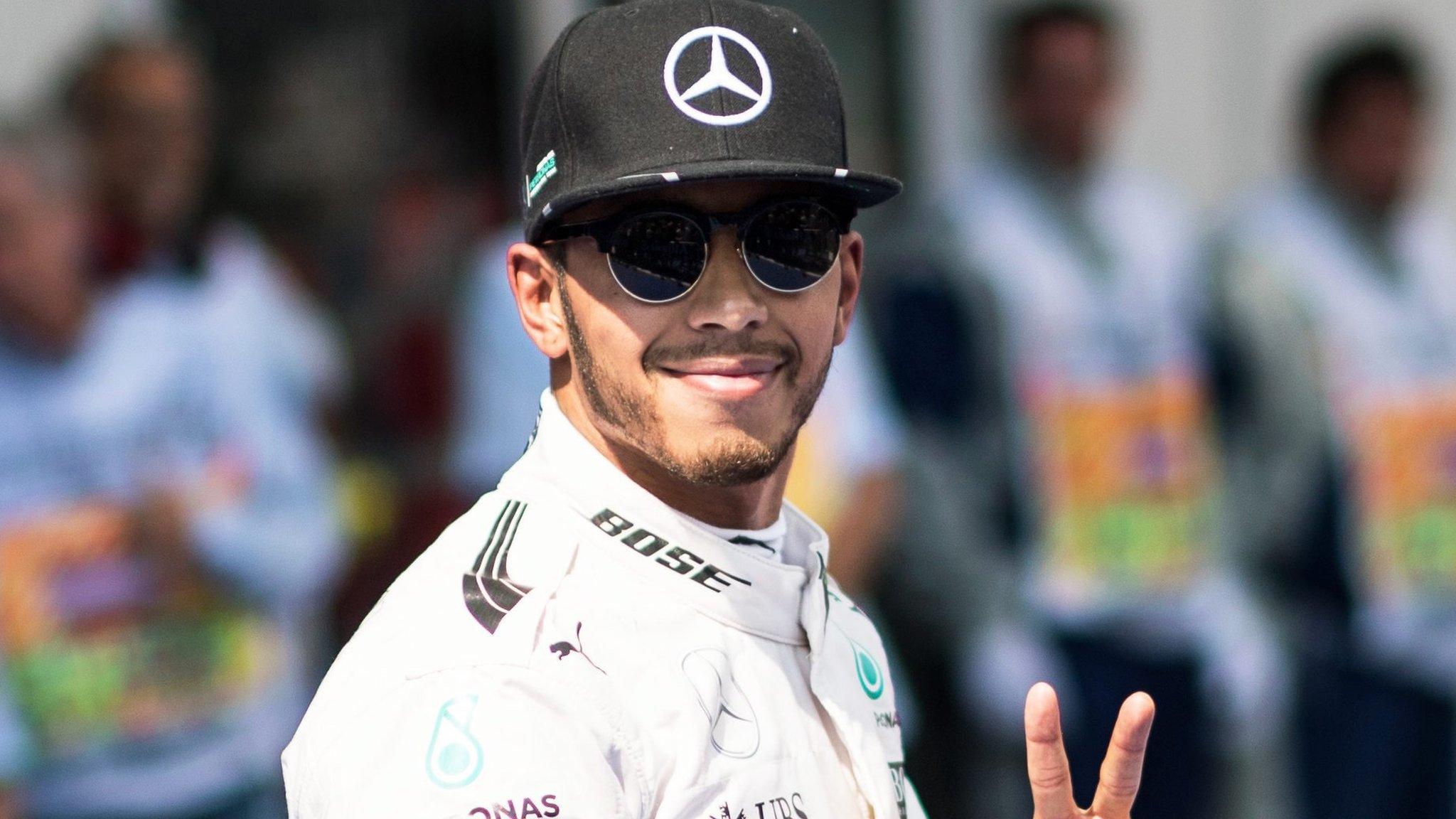
- Published28 June 2016
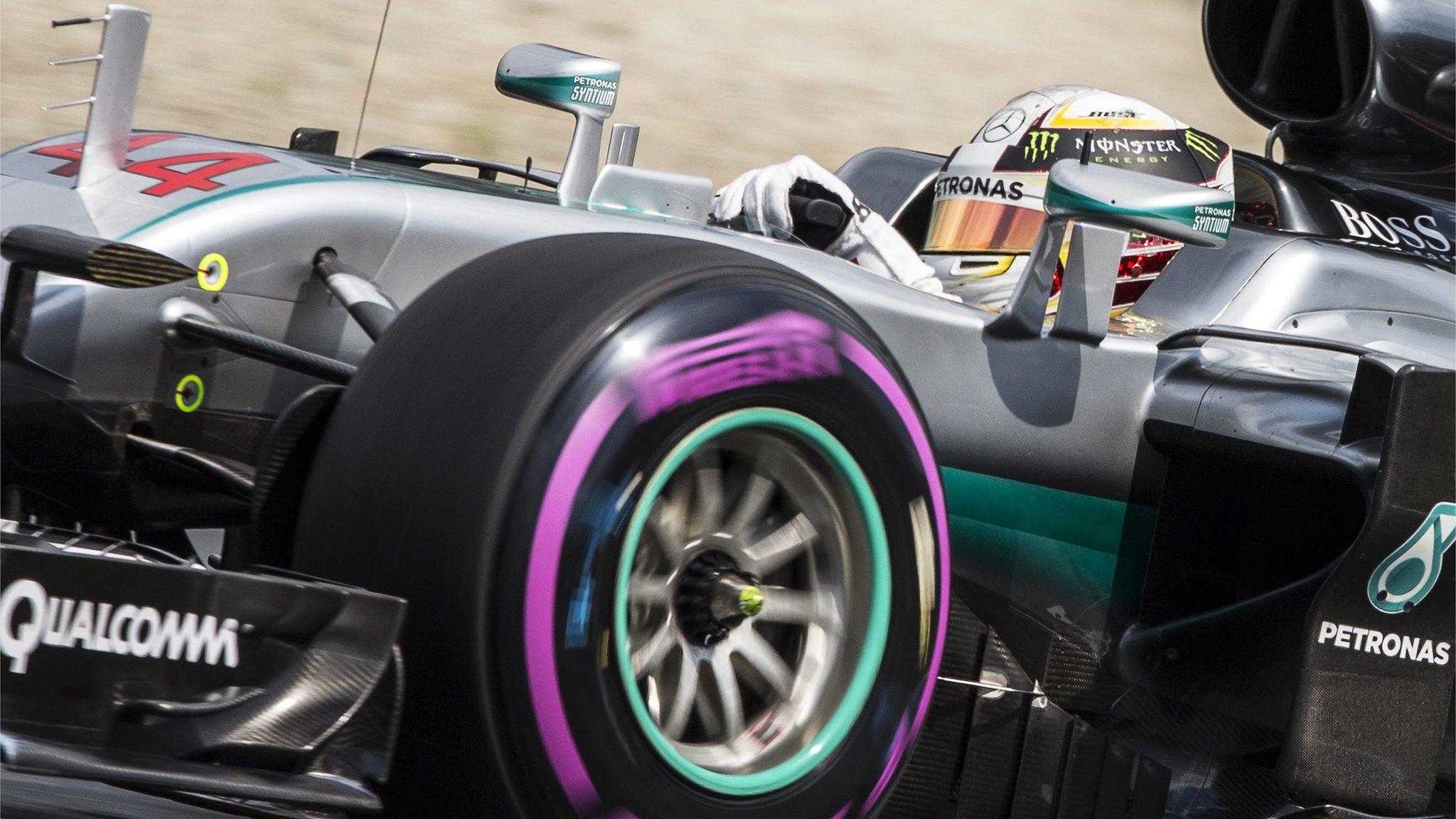
- Published2 July 2016
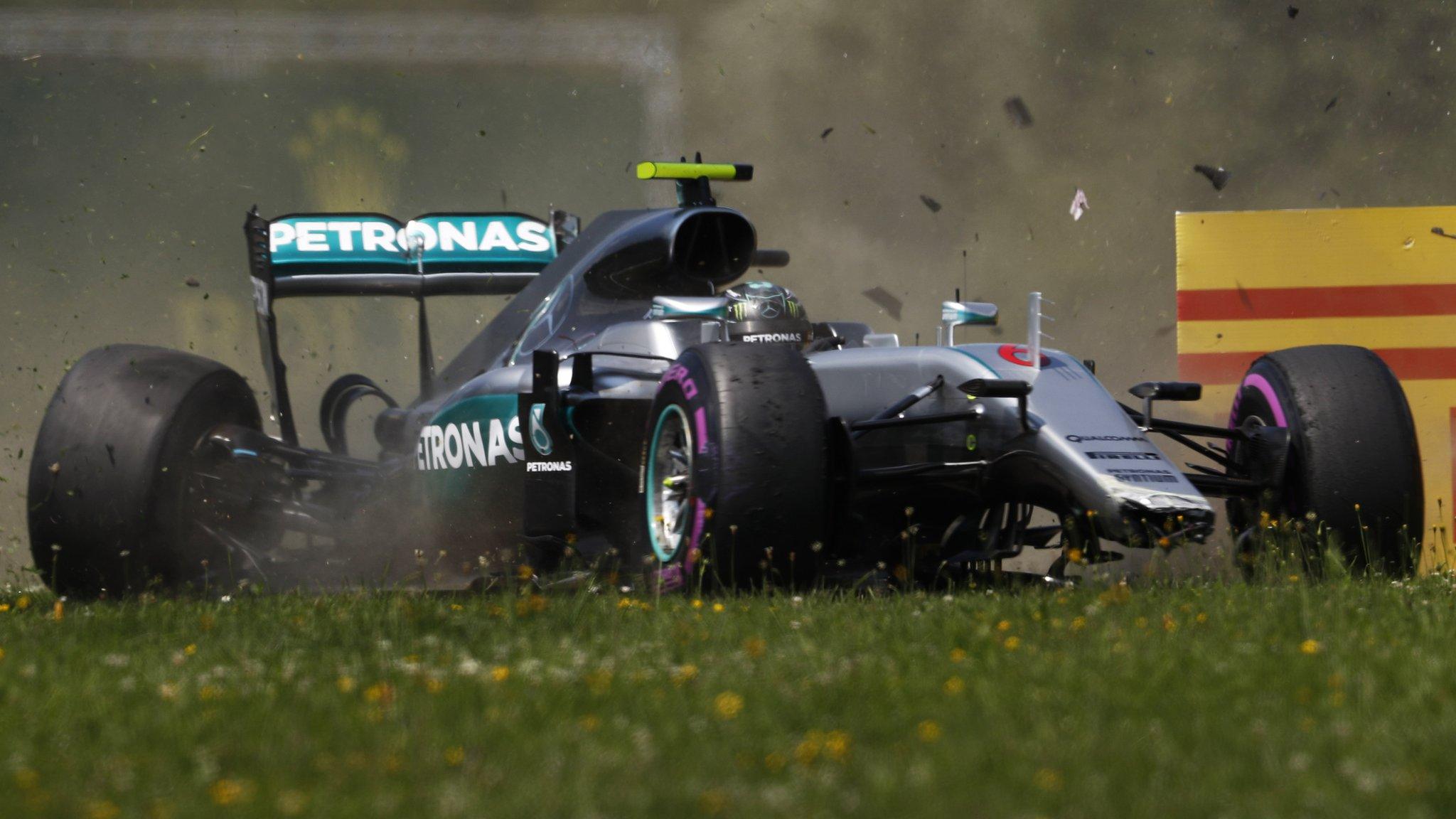
- Published1 July 2016
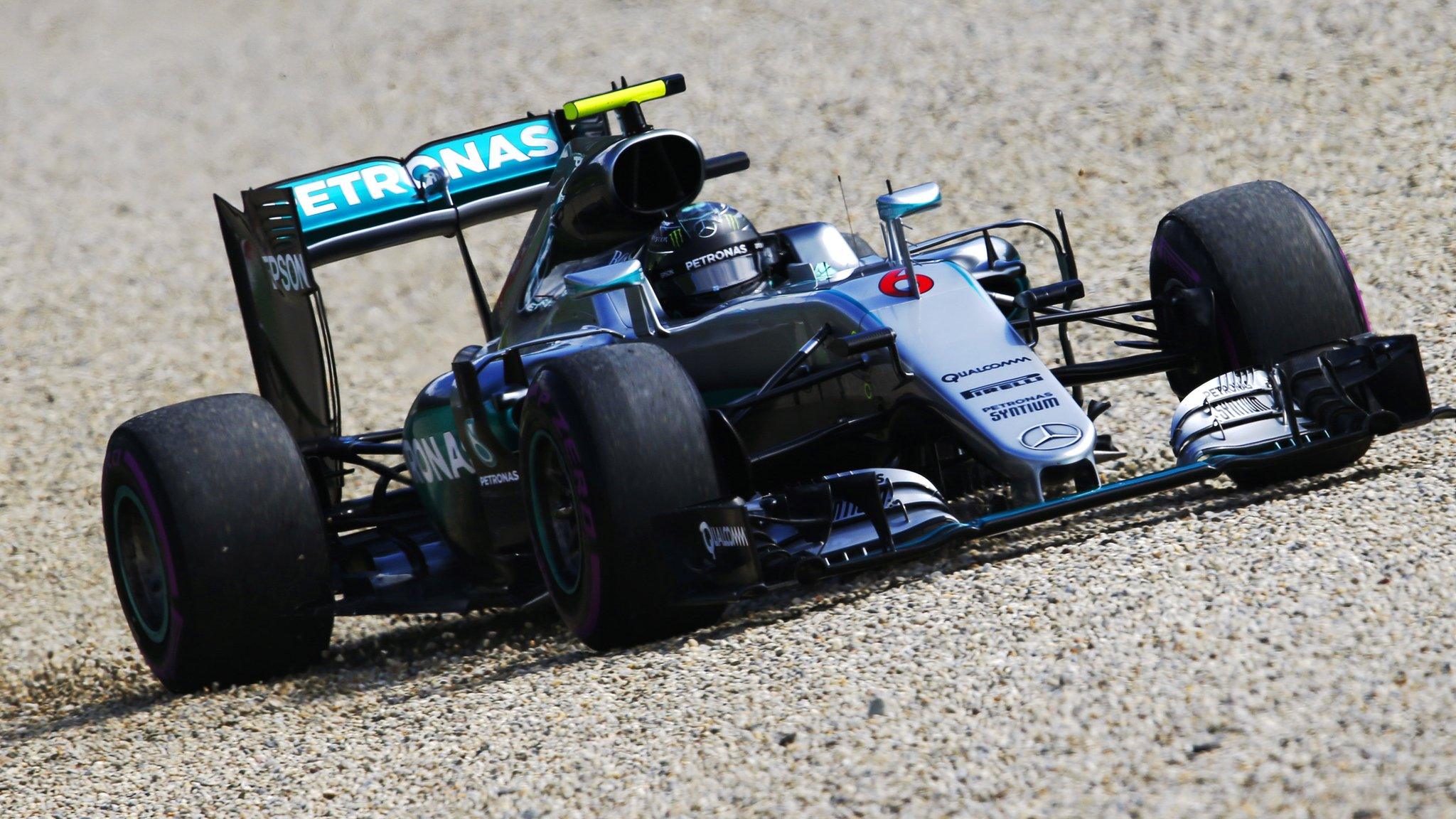
- Published2 July 2016

- Published1 July 2016
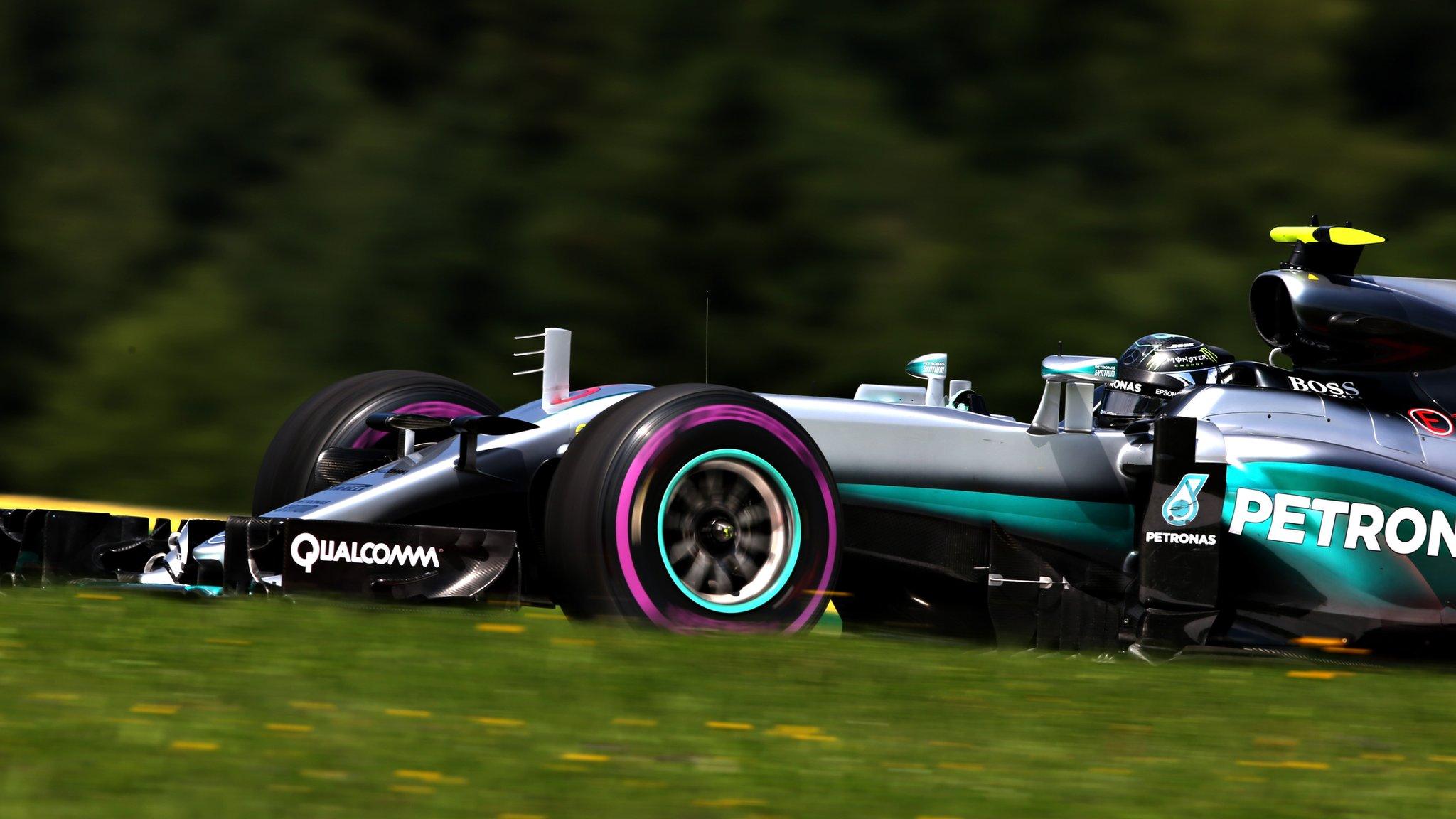
- Published1 July 2016
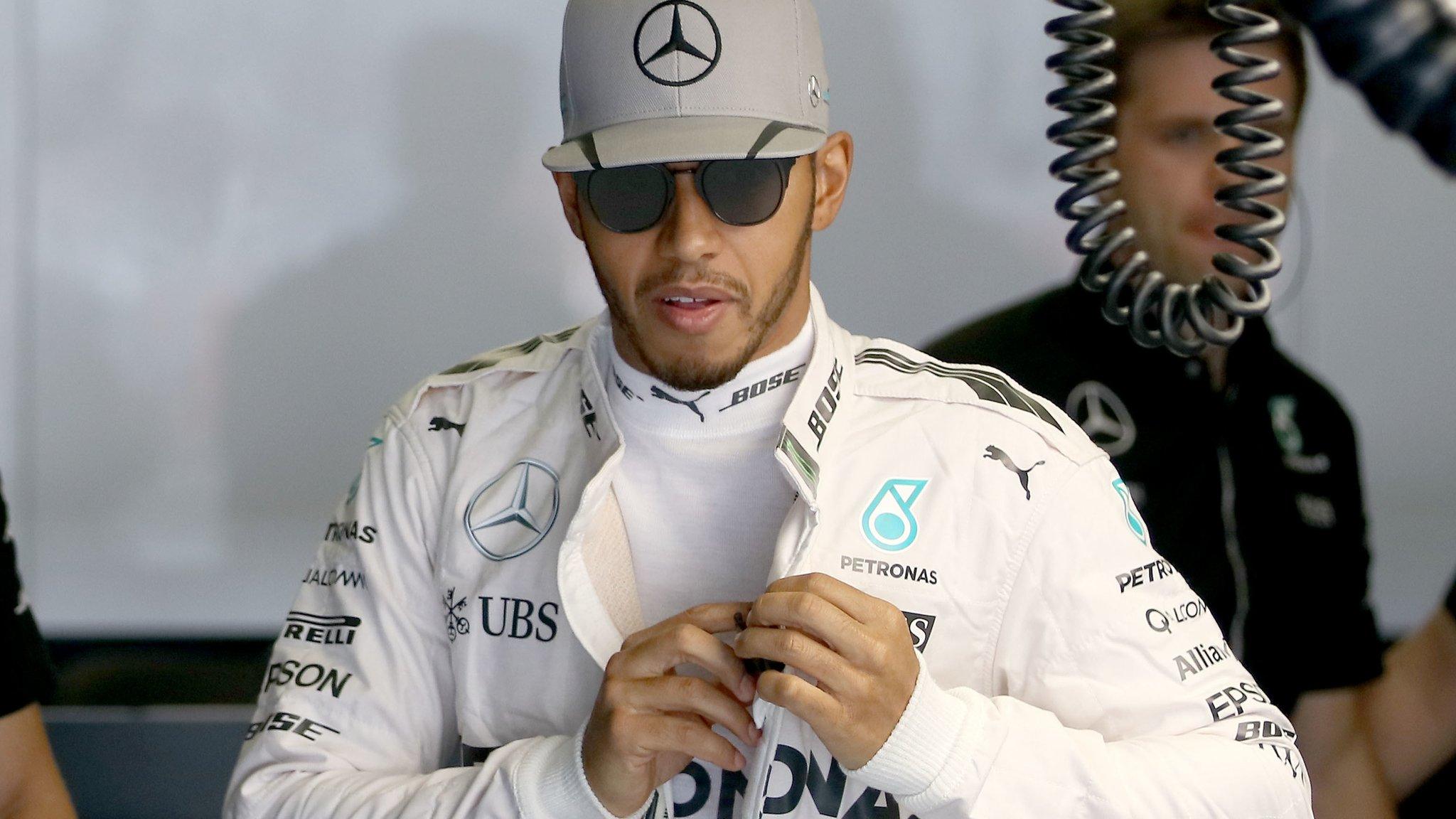
- Published26 June 2016

- Published30 June 2016

- Published30 June 2016

- Published30 June 2016
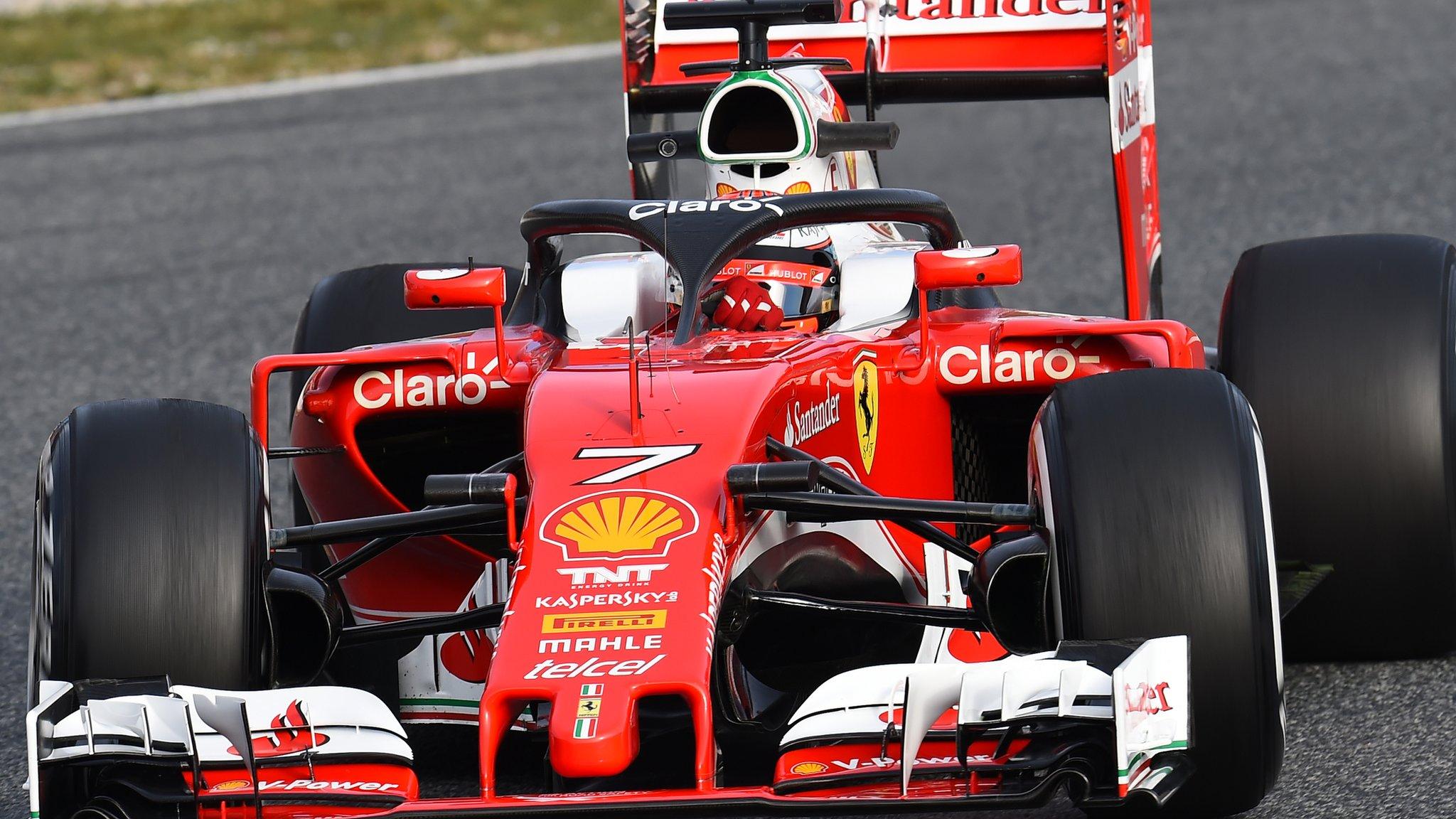
- Published28 June 2016
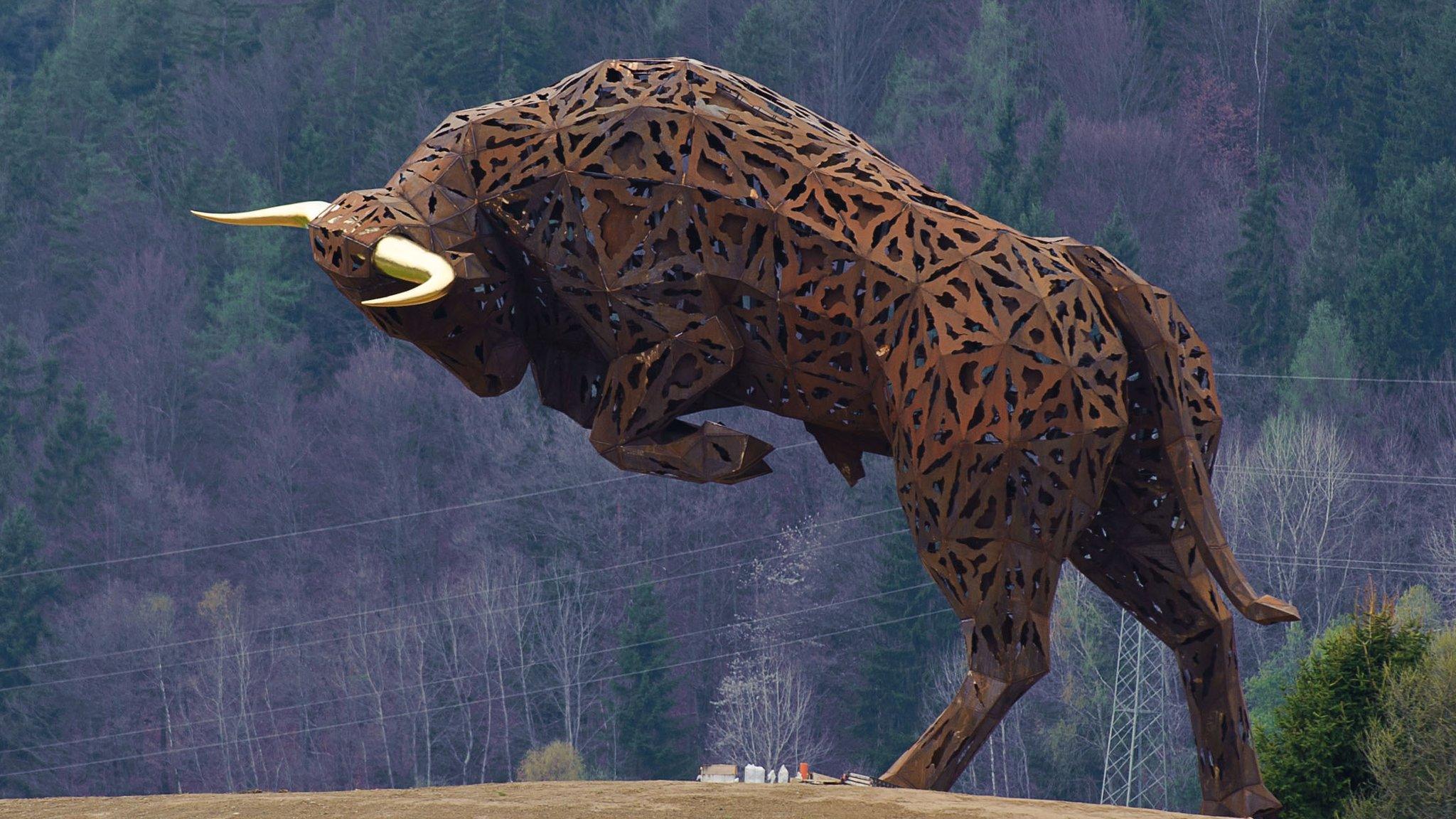
- Published1 July 2016
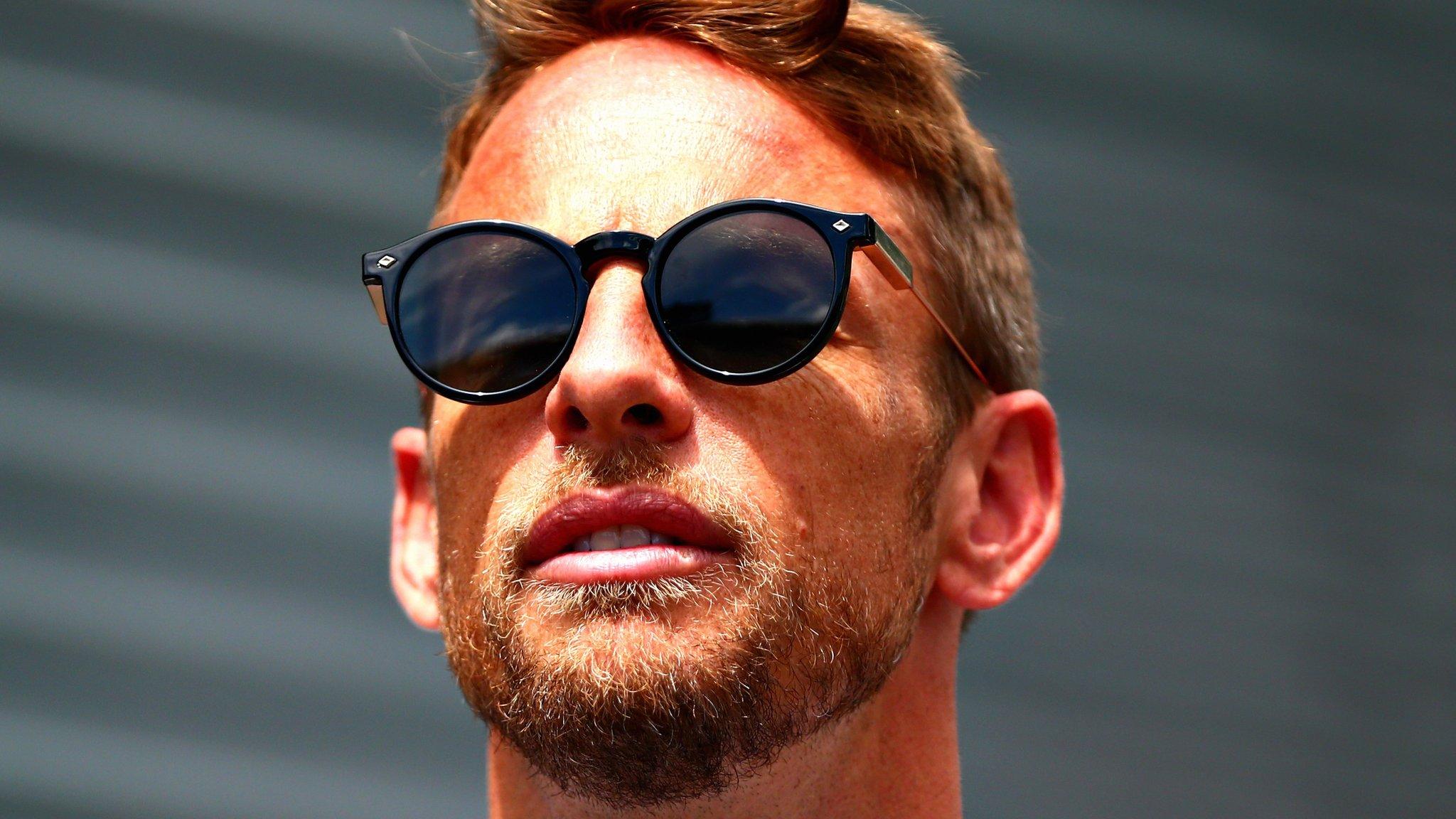
- Published29 June 2016
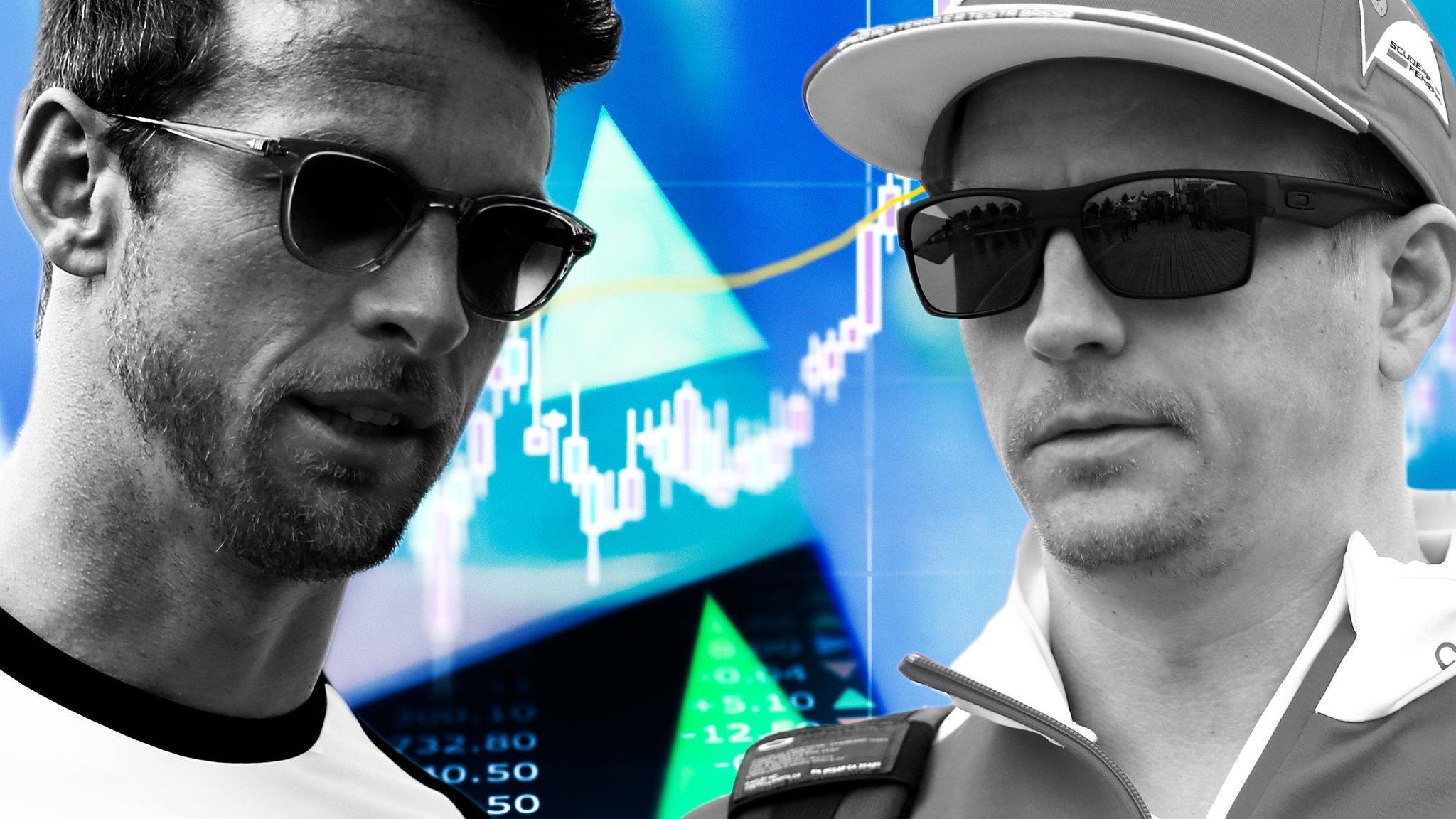
- Published18 December 2015

- Published8 August 2017

- Published13 May 2016

- Published26 February 2019
